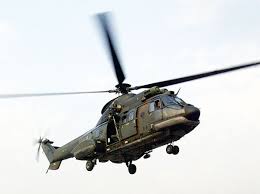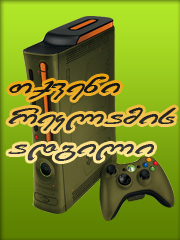
The SA 330 Puma was developed by Sud-Aviation to meet a French army specification for an all-weather medium transport helicopter. In 1967 it was also selected for the Royal air force and produced as a joint programme with Westland. Nearly 700 Pumas were built for at least 25 air forces and the type remains in widespread use.
The Royal air force Puma HC.Mk 1 entered service in 1971 and currently is replaced by the EH.101 Merlin. The basic SA 330Ba still serves in significant numbers with French army aviation. The ALAT's 130 surviving SA 330Bs have been progressively updated. The Armee de l'Air operates 29 Pumas, six of which in the combat search and rescue role.
The Aerospatiale AS 332 Super Puma was devised as a successor to the Puma. It first flew on 13 September 1978 and entered service as the military AS 332B and stretched AS 332M. Pumas and Super Pumas have been built under licence by IPTN in Indonesia. South Africa's Pumas were replaced from 1995 by the TP-1 Oryx, a Puma developed by Atlas that incorporates elements of the Super Puma upgrade, including Makila engines.
In January 1990 the military development of the AS 332 were renamed Cougar (later Cougar Mk I), renumbered AS 532 and accorded new variant suffixes, according to role and airframe (short- or long-fuselage). First flown in 1987 the Cougar Mk II introduced uprated 2 104-shp (1 569-kW) Makila 1A2 powerplants. The Cougar serves with the ALAT as a battlefield surveillance and control helicopter with the HORIZON battlefield surveillance radar; it also supplements the basic SA 330B in the assault transport role. Dedicated combat search and rescue variants serve with the air forces of France and Saudi Arabia.
AS 332 Super Pumas and AS 532 Cougars are operated by 30 air arms.





 მთავარი გვერდი
მთავარი გვერდი თამაშები
თამაშები



